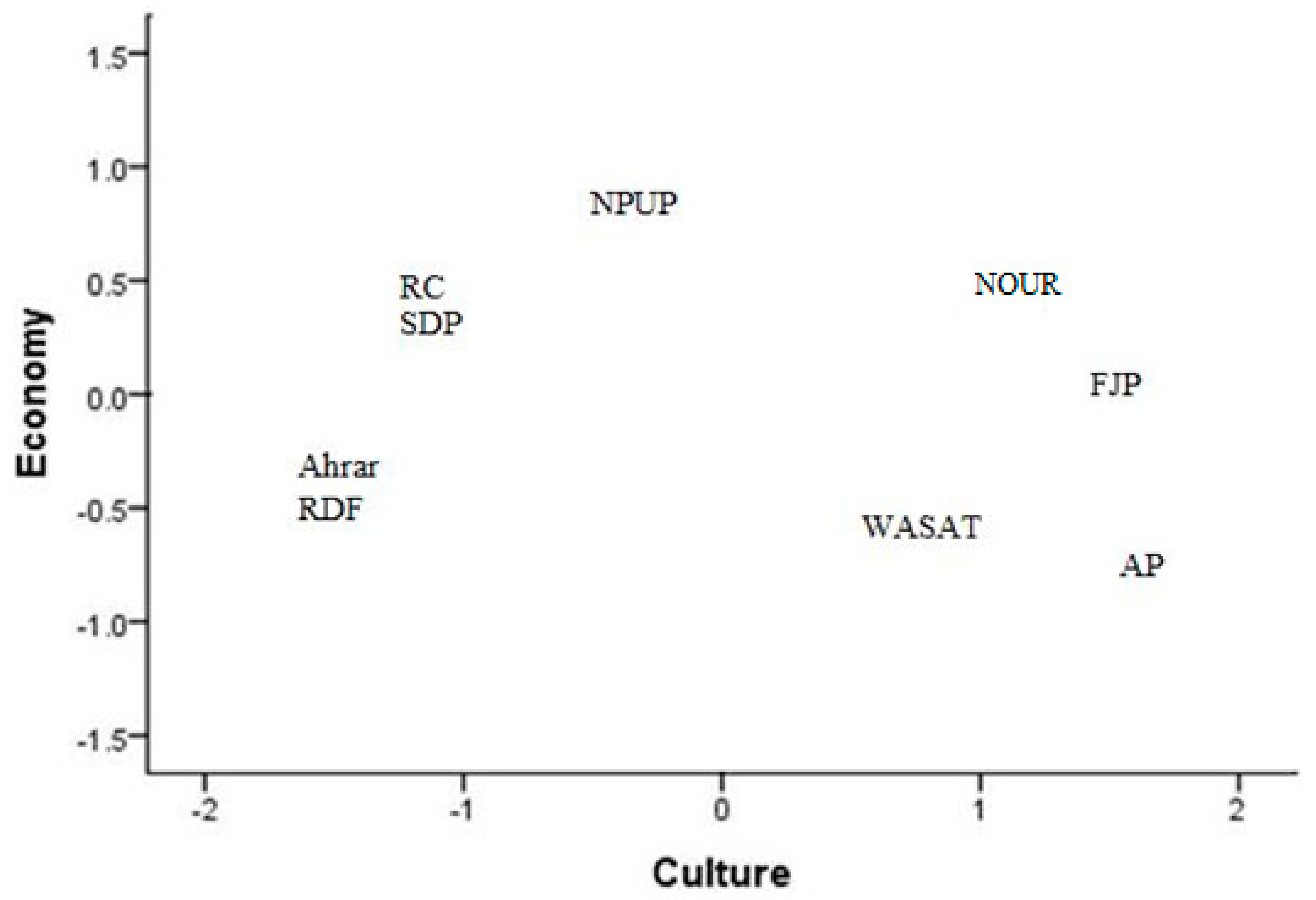

Finally, it offers policy recommendations on actions needed to ensure that women of color can participate fully in future elections without barriers and to elevate and address the concerns of women of color voters today. Next, it summarizes these voters’ responses to important political and policy questions, including the economy and jobs, health care, immigration, public safety, and discrimination. Throughout this report, the authors use the phrase “women of color” to refer to a group of people who self-report their gender as female and whose race or ethnicity is Hispanic non-Hispanic Black non-Hispanic Asian American non-Hispanic Native Hawaiian non-Hispanic Pacific Islander non-Hispanic American Indian/Alaska Native or non-Hispanic multiracial.ĭivided into three main components, this report first describes current demographic trends for women of color in the electorate and the future implications of their participation rates and voting eligibility. The landmark 2018 AP VoteCast survey, which polled, among other people, 21,000 registered women of color voters, revealed unique views on a variety of prominent policy issues. Census Bureau’s Current Population Survey provided key insights relating to electoral participation.
#Voting blocs ap gov registration#
The 2018 Voting and Registration Supplement to the U.S. Census Bureau’s American Community Survey supplied data for fresh estimates on these voters’ increasing share of the CVAP.

#Voting blocs ap gov update#
This report utilizes new data to update previous findings and further elevate the electoral power and policy perspectives of women of color across the country. Understanding and appreciating all of these distinctions is critical for the development of policy proposals that address the unique concerns facing women of color voters across the United States. But their specific views on these issues are nuanced and often vary by race, ethnicity, age, income, and other demographic factors. They also believe that the government has a vital role to play in addressing many of these issues. For example, these voters generally consider issues related to health care, the economy and jobs, immigration, public safety, and discrimination to be important national priorities. They have distinct interracial and intraracial perspectives that lawmakers must recognize and respect.

Women of color, with their distinct histories, experiences, and collective power, are not monolithic. 4 These factors suggest that women of color voters will play a critical role in upcoming elections. Women of color also played a central role in engaging with and mobilizing others to participate. 2 By contrast, the CVAP 3 of non-Hispanic white women voters increased by just 8 percent during the same time span-an additional 6 million potential votes. In 2018, turnout among women of color voters also surged more than 15 percentage points compared with that of the previous midterm elections in 2014. Since 2000, the citizen voting-age population (CVAP) of women of color has increased by 59 percent-a gain of more than 13.5 million potential votes.


 0 kommentar(er)
0 kommentar(er)
